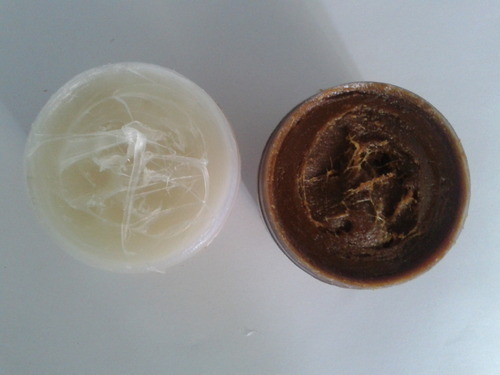
Cable jelly

General description of cable jelly
Cable jelly is a chemically stable mixture of solid, semi-solid and liquid hydrocarbon. The cable jelly is free from impurities, have a neutral smell and contain no moisture.
In the course of plastic telephone communication cables, people come to realize that due to plastic has a certain moisture permeability, resulting in the cable there are problems in water terms, often resulting cable core is water intrusion, the impact of communication, the inconvenience of production and life. In addition, pinholes and local damage plastic sheath may result in moisture from entering the cable core, the cable electrical characteristics deteriorate. It further found that the cable jacket damage is not necessarily the place where the transmission characteristics deteriorate, which gives the cable maintenance and troubleshooting a lot of trouble, so in the manufacturing process of the cable, usually three ways to ensure moisture-proof and waterproof cable that is inflated or filled with petroleum jelly using super-absorbent material, which with petroleum jelly at home with a little bit more common. Petroleum jelly filled cables, fiber optic cable all the gap, among waterproof seal plays the role of the optical fiber from the external environment, extending its life, and no maintenance can maintain long-term stability and reliability of fiber optic transmission.
RAHA company guaranty the quality of this jelly with the arrangement of the international inspector to check quality and quantity of the cable jelly during the loading to the vessel and controlling the production by QC by batch test report before shipping. RAHA Company guarantees the quality to meet with ASTM.
Application of cable jelly
In the cable industry, cable jelly is used primarily for the production of phone cables with copper wiring, cable jelly is also classified as petrolatum filling compounds
Packing of cable jelly
Cable jelly should be packed in steel drums or flexi tank to avoid any leakage during transportation.
Analysis of cable jelly
| Characteristic | Kinematic viscosity | Drpo melting point | Phase separation | Total acid number | Flash point ˚ C | Penetration ( 0.1 mm) |
| Grade/method | ASTM D-445 | ASTM D-127 | Iec/811-5-1 | ASTM D-994-97 | ASTM D-92 | ASTM D-937 |
| Filling compound (pjt10) | Min 150 cst at 120 ˚c | Min 90 ˚c | According to test method at 70 ˚C | Max0.05 mgkoh/gr | Min 224 | Min 50 |
| Filling compound (pjt60) | Min 25 cst at 100 ˚C | Min 80 ˚C | According to test method at 50 ˚C | Max0.05 mgkoh/gr | Min 200 | 40-60 |
| Flooding compound (pfla)
|
200-250 cst at 120 ˚C | Min 100 ˚C | ———- | ———- | Min 200 | ———– |

